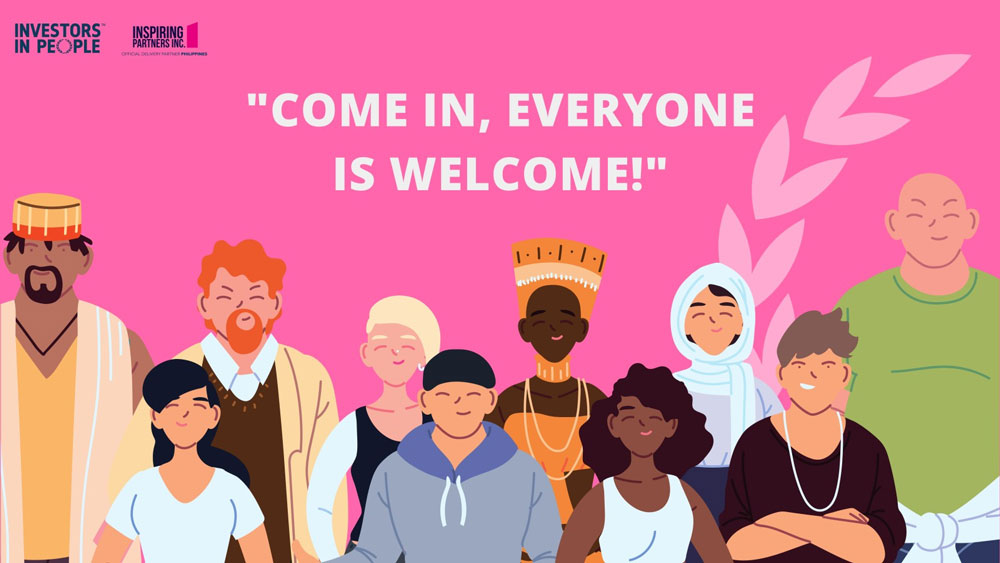Why it’s not easy
It should not be difficult to be diverse, given how different we all are, but the way we have organised as societies and organizations has built in biases, pushing us to was inequality and sameness. When we recruit we look for people from certain schools and universities for example, some jobs we recruit men for, and some we recruit women for, and the barriers are hard to break down. They create a mindset that becomes ingrained.
Then we all have our own conscious and unconscious biases, aside from us just feeling more comfortable when we are with people like us. It also makes thing simpler to manage when people are generally the same.
What the research says
There are many reasons why we should make an effort to be diverse though. Mckinsey have been reporting on diversity and inclusion since 2014. Their latest report was in 2020. They have consistently found that companies with higher gender and ethnic diversity are more profitable. The better the diversity the better the performance. “Companies with more than 30% women executives were more likely to outperform companies where this percentage ranged from 10-30, and in turn these companies were more likely to outperform those with even fewer, or none at all.” They found a similar outcome for ethnic and cultural diversity.
The increase in diversity for both though is painfully slow. The companies doing well with diversity are doing better at getting better, but those that are poor are staying the same or going backwards, according to Mckinsey’s research.
Diversity needs inclusion
Diversity on its own is not that great though. It needs inclusion sitting beside it to be
comfortable. As Mckinsey point out, and Investors in People will wholeheartedly agree, “It’s the work place experience that shapes whether people remain and thrive. Their research found a high percentage of negative comments relating to companies’ work environment and inclusion. The companies leading the field in diversity though, were also doing the most to strengthen inclusion.



0 Comments